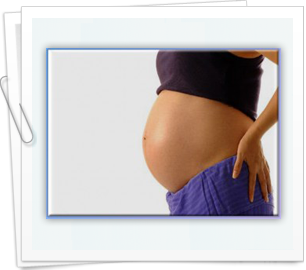Online CPR Certification Blog
Prenatal solvent exposure may be source of birth defects
Date: October 26th, 2012
 Exposure to solvents may be linked to birth defects after all according to a new research that was conducted by a French team. This news is a cause of worry for many women since those in occupations such as nursing, cleaning, hairdressing and many others require that the women come into contact with these solvents. The studies were carried out by considering both women who reported exposure to these solvents and urine samples, and both cases supported that there was a link between these chemicals and birth defects such as deformities in limbs and cleft palate.
Exposure to solvents may be linked to birth defects after all according to a new research that was conducted by a French team. This news is a cause of worry for many women since those in occupations such as nursing, cleaning, hairdressing and many others require that the women come into contact with these solvents. The studies were carried out by considering both women who reported exposure to these solvents and urine samples, and both cases supported that there was a link between these chemicals and birth defects such as deformities in limbs and cleft palate.
Use of urine samples
While similar studies have been carried out before, the biggest difference in this particular study was the inclusion of analysis of urine samples to find the further basis for these tests. The breakdown of the products found in the urine would be the thing to provide the most damning evidence. It was revealed that solvents that contain bleach and glycol ethers, which are commonly used in paints, cosmetics and cleaning products were likely to be the culprits. This provides further backing to a case that has mostly relied on women who reported that they had come into contact with the solvents.
It is well known that when fumes from either bleach or glycol ethers are concentrated, they become toxic to humans. Glycol ethers have also been known to cause birth defects and also developmental problems in animals. This isn’t the only such study that has yielded these kinds of results. A similar study was conducted in the United States early this year, and it too found that there was a link between a number of congenital heart defects and exposure to solvents that was occupational.
The proof not yet irrefutable
On the other hand, the work that has been done in this particular research is just the beginning. It has yet to be proven beyond doubt that the substances in question are to blame, and this is further complicated by the fact that results from studies that were conducted earlier were generally mixed. The risk is also quite small on a much wider scale. Out of the 3000 women who took part in the study, fewer than 30 women gave birth to children that suffered from some sort of deformity.
45% of the women who gave birth to children with serious deformities stated that they were exposed regularly to solvents while working. Most of these women were nurses, cleaners, beauticians, hairdressers and chemists. From the mothers who gave birth to perfectly healthy babies, 28% came into contact with solvents regularly while working. The study did suffer from several issues, including low rates of detection and also the small size of the study. Small in this case attributes to the fact that only one out of five women took the urine tests. The results were enough to bolster the data acquired from women who reported by themselves that they had been exposed to solvents. In this case, the evidence was much more objectives.